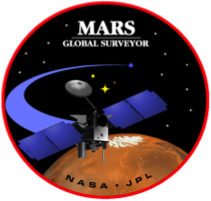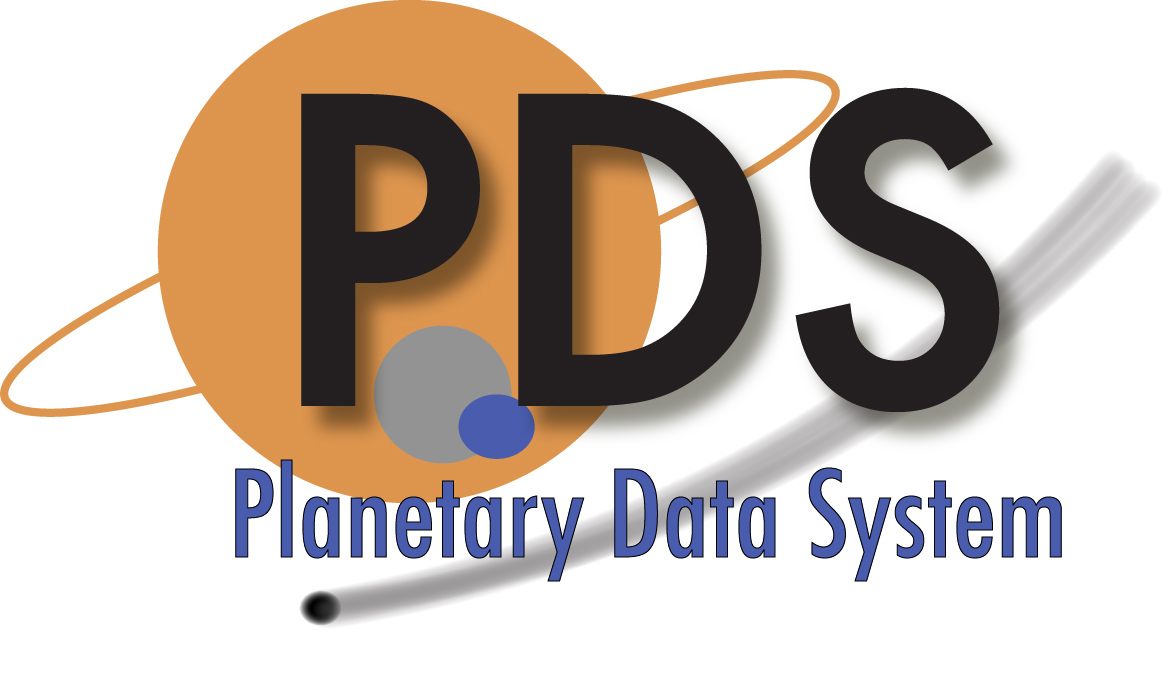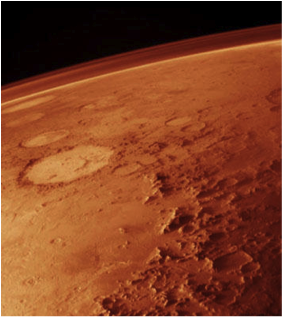
Mission
The Mars Global Surveyor (MGS) orbiter arrived at Mars in September 1997. Its aerobraking phase began then and continued through February 1999. The science mapping phase of the mission began in March 1999 and continued until November 02, 2006 when communication with the spacecraft was lost. MGS’ science mapping phase sun-synchronous (2 AM / 2 PM) orbit was near-polar with an orbit period of ~2 hours.
Basic Mission Goals
To continue to investigate surface processes, geology, distribution of material, internal properties, evolution of the magnetic field, and the weather and climate of Mars.
For more information on the mission see the following links:
Access to Data:
Thermal Emission Spectrometer (TES) Recalibrated Data and Derived Column Dust and Water Ice
Aerobraking Accelerometer-derived Density values
Radio Science-derived Atmospheric Temperature, Density, Pressure Profiles
Radio Science-derived Electron Density
The Mars Global Surveyor (MGS) orbiter arrived at Mars in September 1997. Its aerobraking phase began then and continued through February 1999. The science mapping phase of the mission began in March 1999 and continued until November 02, 2006 when communication with the spacecraft was lost. MGS’ science mapping phase sun-synchronous (2 AM / 2 PM) orbit was near-polar with an orbit period of ~2 hours.
Basic Mission Goals
To continue to investigate surface processes, geology, distribution of material, internal properties, evolution of the magnetic field, and the weather and climate of Mars.
For more information on the mission see the following links:
Access to Data:
Thermal Emission Spectrometer (TES) Recalibrated Data and Derived Column Dust and Water Ice
Aerobraking Accelerometer-derived Density values
Radio Science-derived Atmospheric Temperature, Density, Pressure Profiles
Radio Science-derived Electron Density
 PDS: The Planetary Atmospheres Node
PDS: The Planetary Atmospheres Node


